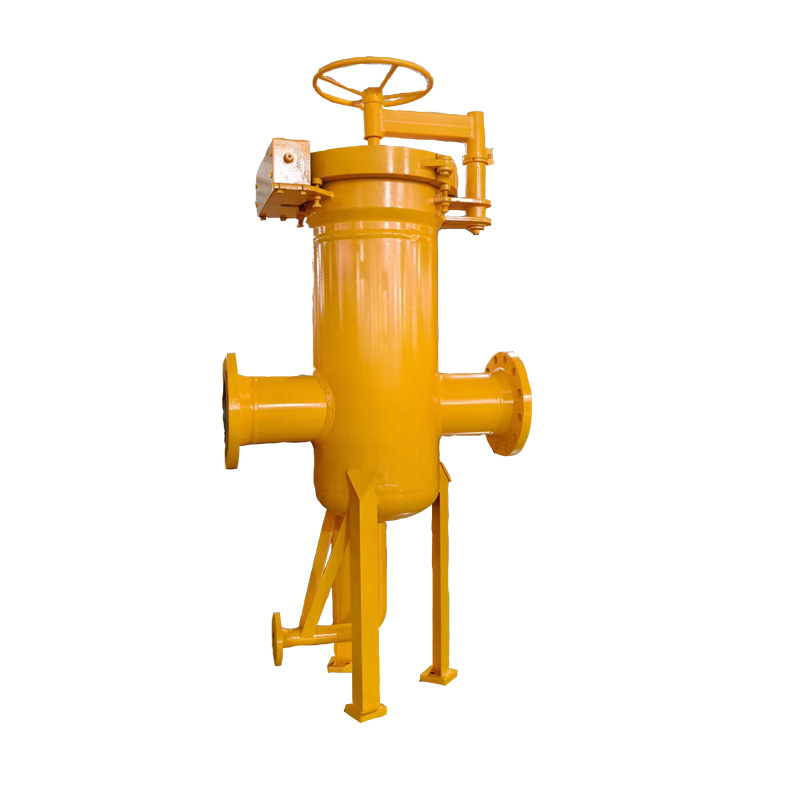
Jul . 20, 2024 10:50
Back to list
Innovative Gasification Technologies for Efficient Waste Conversion and Renewable Energy Generation Solutions
Gasification Equipment A Comprehensive Overview
Gasification is an advanced thermal process that converts carbonaceous materials such as biomass, coal, and municipal solid waste into synthetic gas, also known as syngas. This syngas primarily consists of carbon monoxide, hydrogen, and small amounts of carbon dioxide and methane. The concept of gasification has gained prominence due to its ability to provide a sustainable solution for waste management and energy production, making gasification equipment an essential component in the energy landscape.
At the heart of the gasification process lies specialized equipment designed to facilitate the efficient transformation of solid fuels into gas. This article will explore the essential components of gasification equipment, its operational mechanisms, and its applications.
Key Components of Gasification Equipment
1. Feedstock Preparation Unit The first stage in the gasification process involves the preparation of the feedstock. This unit is responsible for size reduction, drying, and sometimes, the pretreatment of the feed materials. Effective feedstock preparation enhances the overall efficiency of the gasification process.
2. Gasifier The gasifier is the core reactor where the actual gasification takes place. Various gasifier designs exist, including fixed-bed, fluidized-bed, and entrained-flow gasifiers. Each design has its advantages and is selected based on the type of feedstock, the desired end products, and operational conditions. In this unit, feedstock is subjected to high temperatures (usually between 700°C to 1500°C) in the presence of limited oxygen, triggering thermochemical reactions that convert it into syngas.
3. Syngas Cleanup System After the gasifier, the syngas often contains impurities such as tar, particulate matter, and ammonia, which can hinder downstream applications. A gas cleanup system is essential for removing these contaminants to ensure that the syngas meets the required standards for utilization. Technologies such as scrubbers, electrostatic precipitators, and catalytic converters are commonly employed in this stage.
gasification equipment

4. Cooling and Conditioning Unit The raw syngas is typically at high temperatures, which necessitates cooling and conditioning before it can be utilized. This unit often includes heat exchangers to lower the temperature and systems to adjust the composition of the gas for optimal performance in downstream applications, such as power generation or chemical synthesis.
5. Energy Recovery Systems To enhance the overall efficiency of the gasification process, energy recovery systems are incorporated. This may include organic Rankine cycle (ORC) systems or combined heat and power (CHP) configurations that utilize the heat generated during gasification for additional electricity or thermal energy production.
Applications of Gasification Equipment
Gasification technology is versatile and finds applications across various sectors. One of the most significant uses is in power generation, where syngas can be fed into gas turbines or engines to produce electricity. In addition, the syngas can serve as a building block for producing synthetic fuels and chemicals, contributing to the development of a circular economy.
Furthermore, gasification plays a crucial role in waste management by providing a means to convert waste materials into valuable energy. This significantly reduces landfill dependence and associated greenhouse gas emissions, thus contributing to environmental sustainability.
Conclusion
The advancement of gasification equipment represents a pivotal step toward efficient waste utilization and renewable energy generation. With ongoing research and technological improvements, gasification holds the potential to play an essential role in addressing energy demands while fostering a sustainable future. As industries continue to seek cleaner energy solutions, the role of gasification technology will undoubtedly become more prominent in the global energy landscape.
Latest news
-
Safety Valve Spring-Loaded Design Overpressure ProtectionNewsJul.25,2025
-
Precision Voltage Regulator AC5 Accuracy Grade PerformanceNewsJul.25,2025
-
Natural Gas Pressure Regulating Skid Industrial Pipeline ApplicationsNewsJul.25,2025
-
Natural Gas Filter Stainless Steel Mesh Element DesignNewsJul.25,2025
-
Gas Pressure Regulator Valve Direct-Acting Spring-Loaded DesignNewsJul.25,2025
-
Decompression Equipment Multi-Stage Heat Exchange System DesignNewsJul.25,2025

